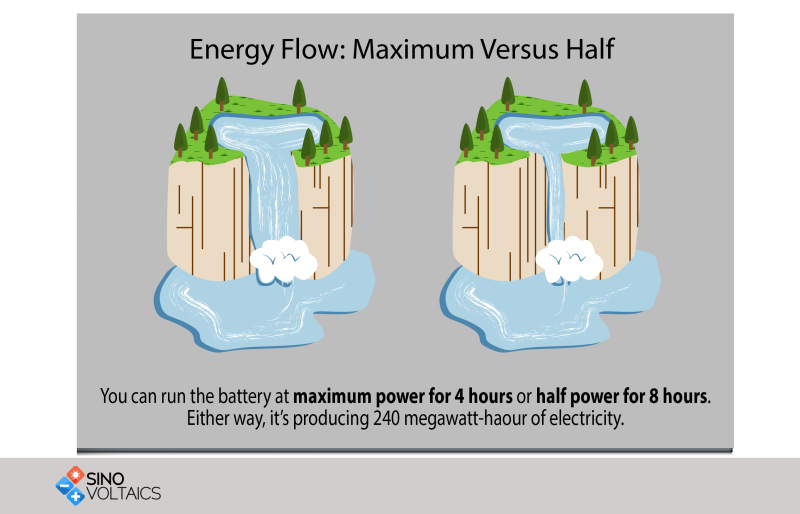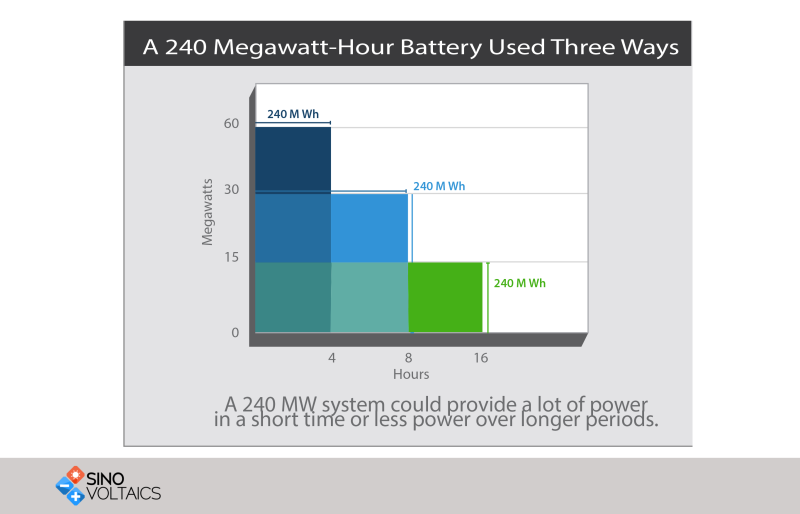LFP battery
Energy Storage Market Risks: Cobalt vs Sodium Ion Batteries
Stages of The Thermal Runaway Process in Lithium Batteries
Materials for Lithium-Ion Battery safety
Lithium-ion battery safety Concerns
Why Do We Need Energy Storage?
Li-ion Batteries, Scales of Storage and Key Terminologies
Battery Types for Energy Storage Applications


